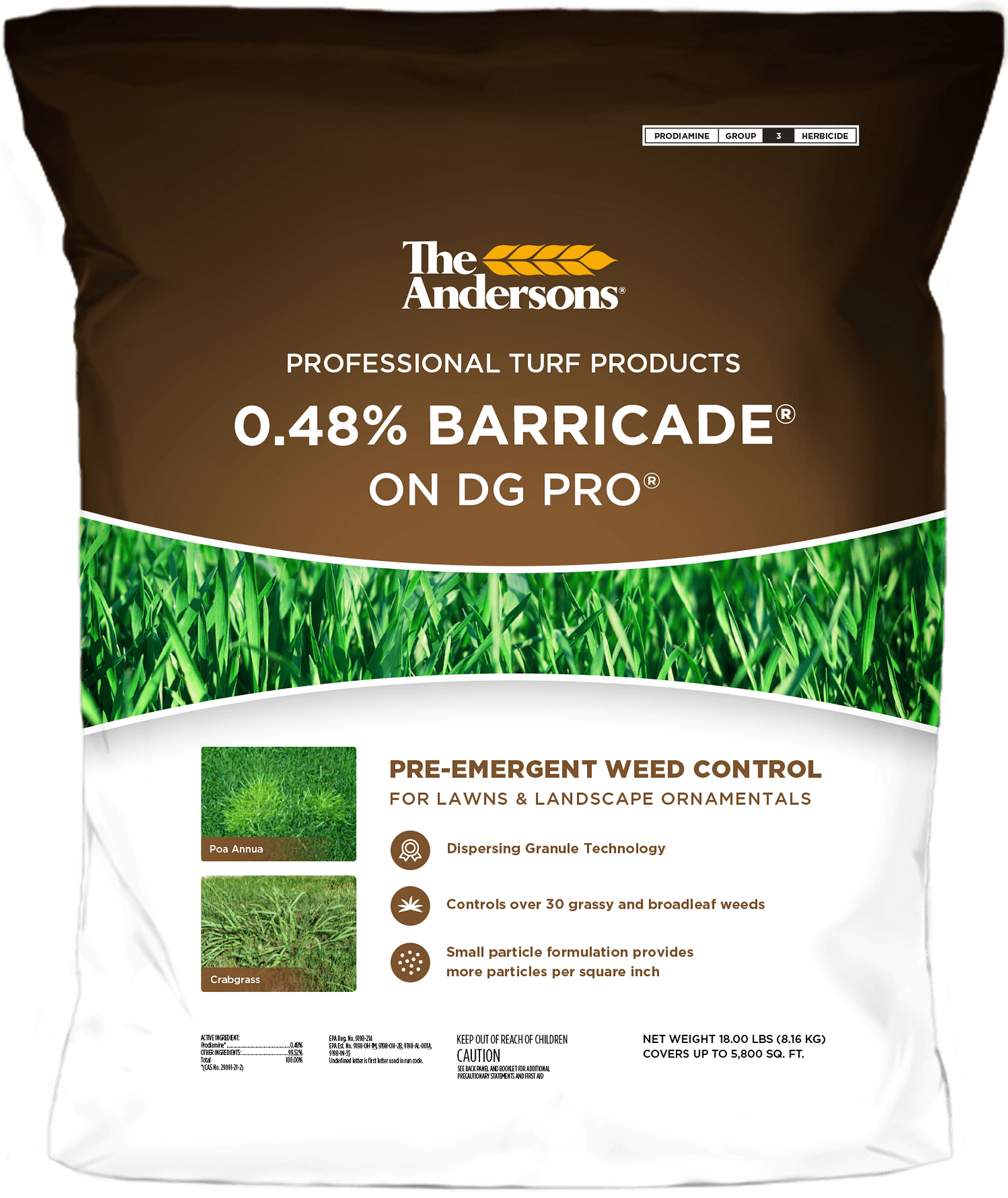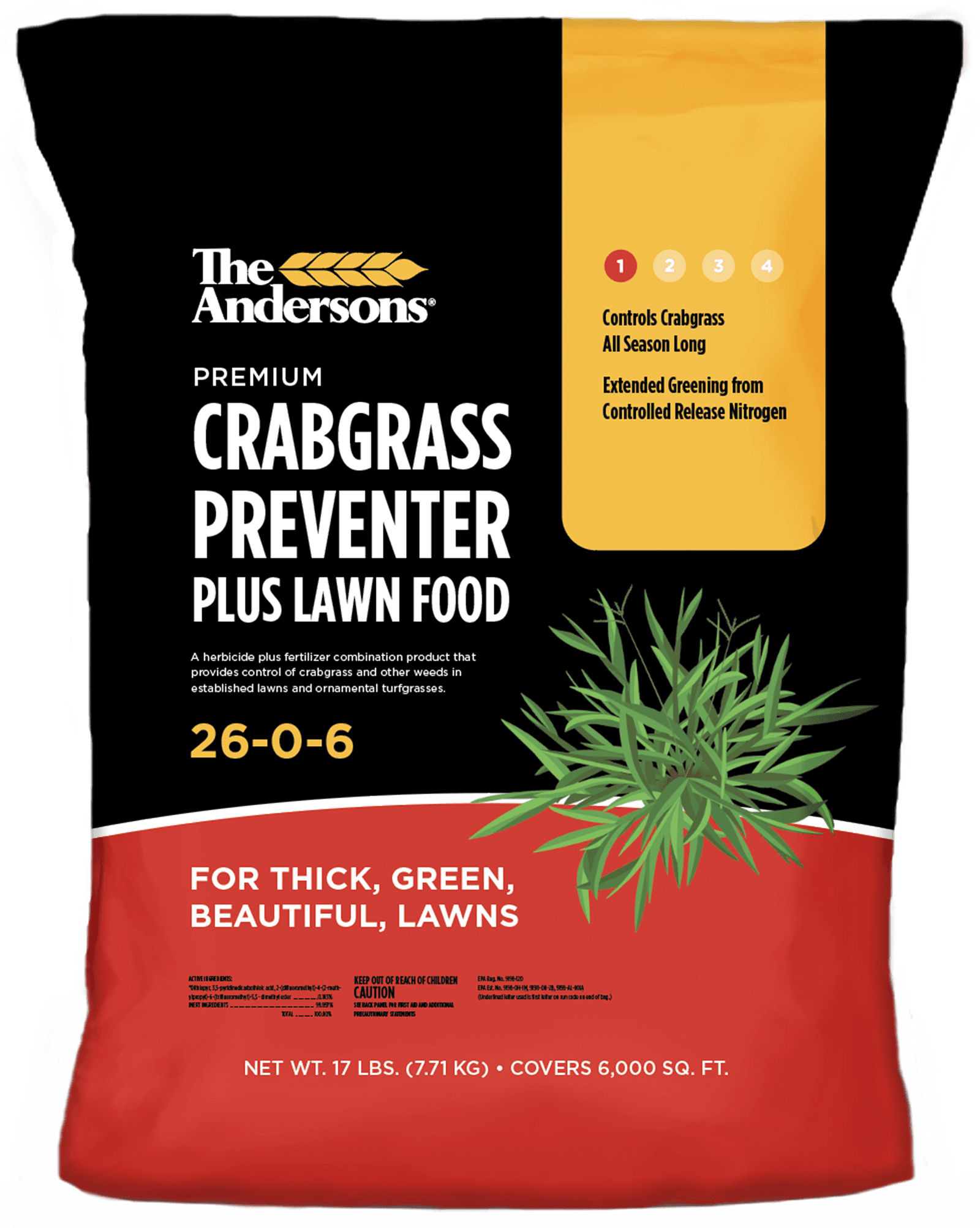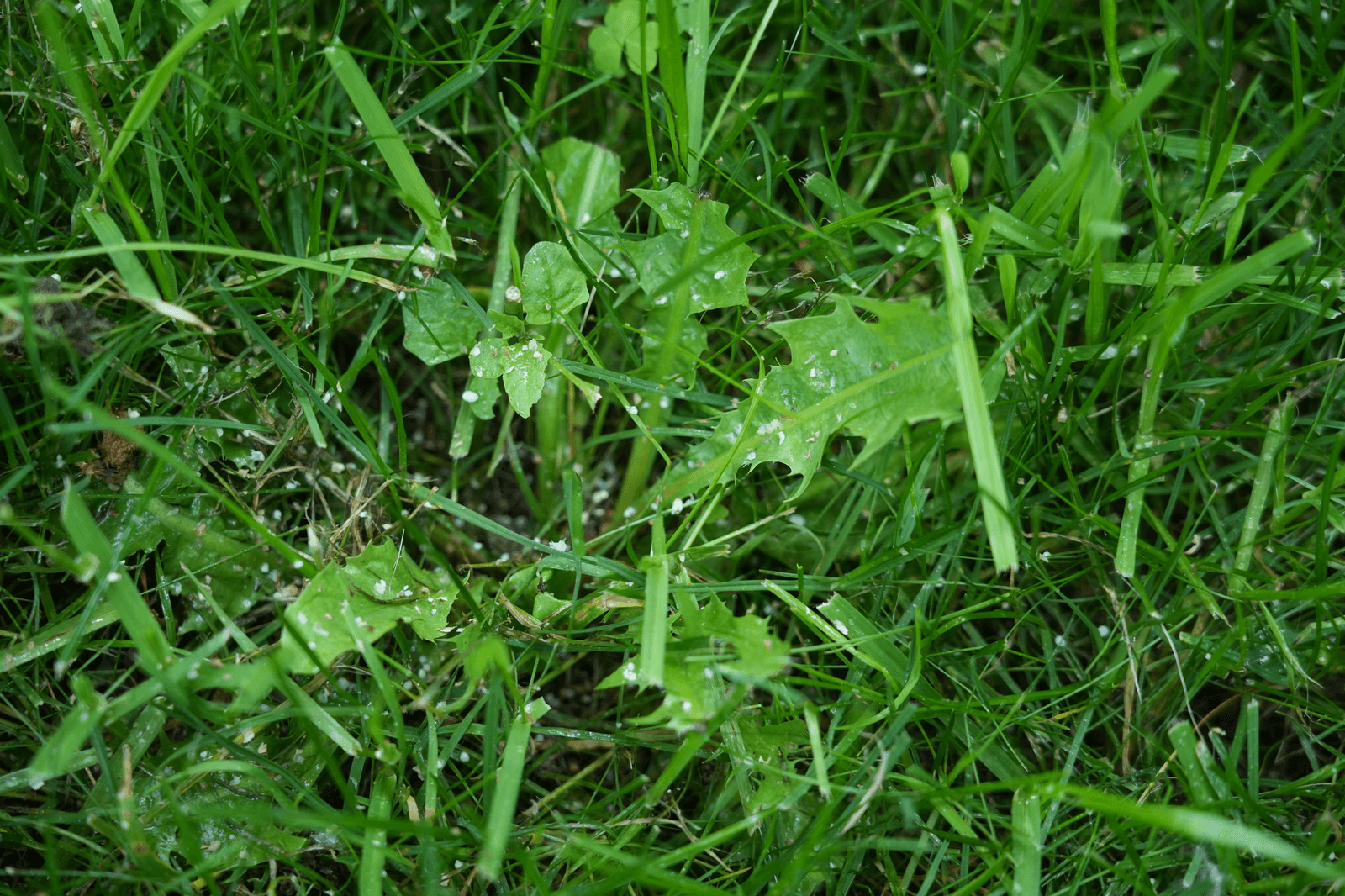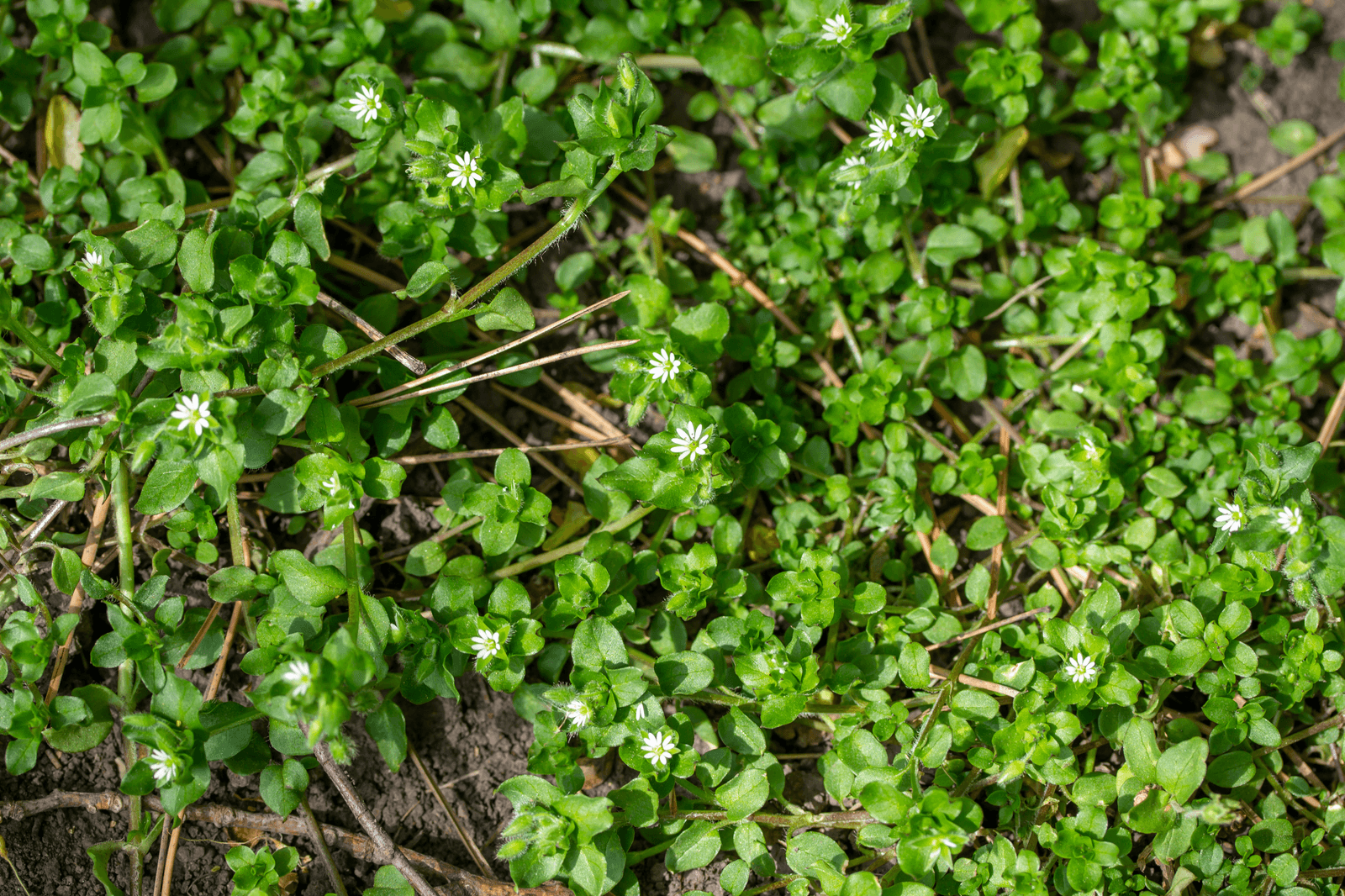Crabgrass is a very common, grassy weed that interrupts the uniformity of your lawn. Whether you have a warm or cool season lawn, you can take control of this weed by learning how to prevent crabgrass before it becomes a problem.
WHAT DOES CRABGRASS LOOK LIKE?
Since crabgrass is a grassy weed it may resemble your grass at first, but with some time and inspection it is rather noticeable. Crabgrass first comes up light green but turns dark green as it continues to grow. Its leaves are wider than the grass in your lawn, and it always grows in clumps. These clumps are low to the ground since its blades grow outward, rather than upward. The weed got its name since it resembles the legs of a crab extending outward from the middle.
WHEN AND WHERE WILL CRABGRASS GROW?
Knowing when and where crabgrass will grow is important. Its seeds will germinate in the early spring and will begin to grow later that season. Crabgrass thrives in full sun in the heat of summer, and if not prevented, you will see an abundance of this weed during this time. Crabgrass needs sun to grow, so it will not grow in heavily shaded areas. This weed will be much more noticeable in cool-season lawns since lawns in these areas grow slower during the heat of summer.
HOW TO PREVENT CRABGRASS
The best way to prevent crabgrass is by applying a pre-emergent herbicide during germination, before it has a chance to grow. Timing of pre-emergent application is very important to the success of crabgrass prevention. Crabgrass germinates when soil temperatures reach 55 degrees. Those who have warm-season lawns should apply between September and November, and then again in the spring. See the map below for crabgrass germination dates based on location.
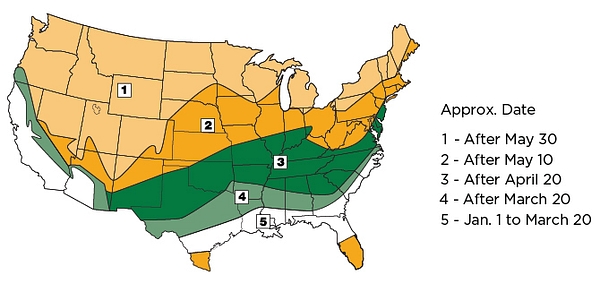
We recommend applying Barricade, Barricade Plus Lawn Food, Dimension Plus Lawn Food or Crabgrass Preventer Plus Lawn Food to prevent crabgrass.

